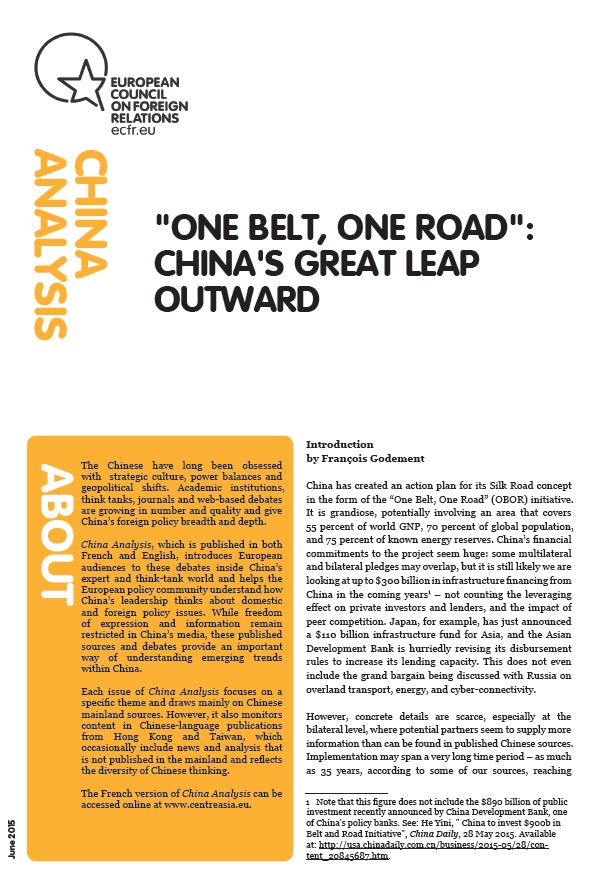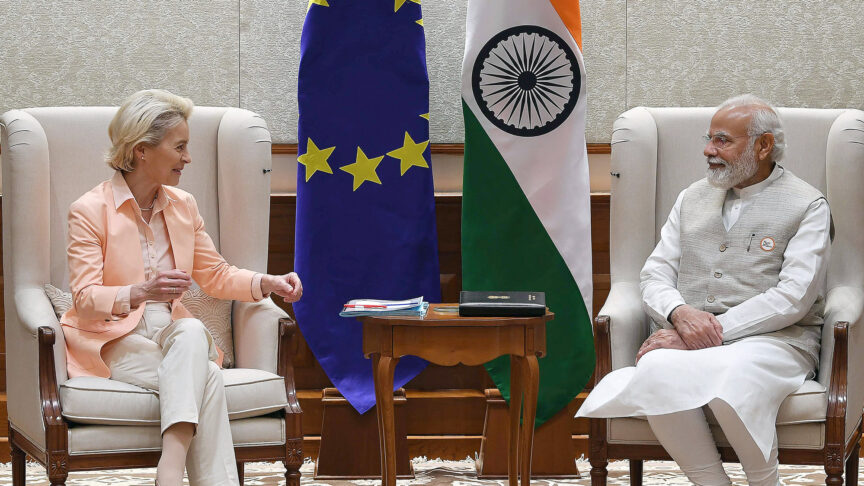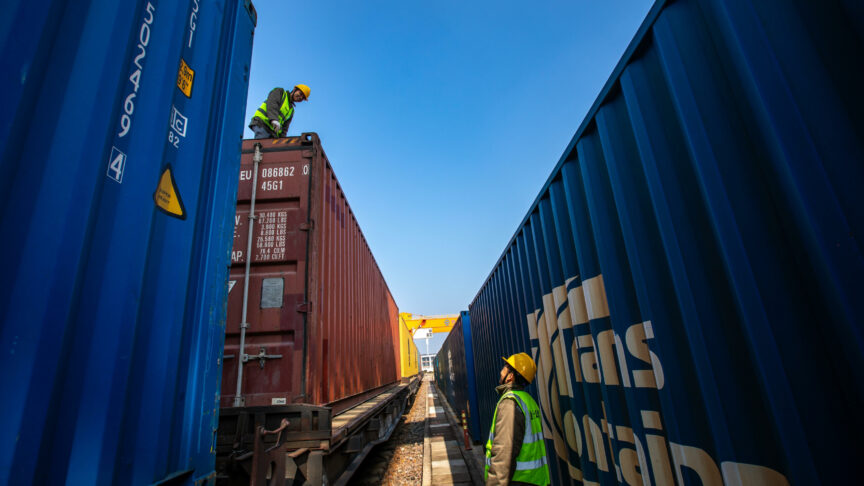“One Belt, One Road”: China’s great leap outward
China Analysis on China’s mammoth initative
The One Belt One Road initiative (OBOR) – the combination of a land-based Silk Road Economic Belt and a sea-based 21st Century Maritime Silk Road – is a major diplomatic offensive, pushing China’s message that its new multilateral institutions and international cooperation projects make it a “new type of great power”, better able to understand the dynamics of a post-Western world.
But the authors of this exploration of Chinese language sources identify a series of challenges for Beijing’s ambitious new Silk Roads. They highlight the risk of hitting a “return wall” by pouring huge investment into low-return projects in high-risk countries. The authors also draw attention to the potentially negative diplomatic repercussions of pushing through so transparently a Chinese project in suspicious and potentially hostile neighbours.
Antoine Bondaz assesses domestic Chinese interpretations of OBOR, concluding that Beijing’s portrayal of OBOR as emblematic of China’s aspirations to be a “new type of great power” – non-confrontational and non-hegemonic – is widely accepted. There is indirect criticism of US “encirclement of China” but Chinese sources are at pains to point out this is not a confrontation with the US.
David Cohen points out that China has already shown how willing it is to pursue the plan and lists financial backing that has already been agreed. He notes that China has deployed funds totalling around $100 billion: $40 billion to the Central Asia-focused Silk Road Fund, $50 billion to a new Asian Infrastructure Investment Bank (AIIB), and $10 billion to the BRICS-led New Development Bank
Agatha Kratz examines the economic, rather than geopolitical consequences and motivations of OBOR, and points to concern amongst Chinese academics and writers that China is misallocating limited resources in a time of slowing economic activity. She highlights authors portraying OBOR as an opportunity to boost China’s waning trade power.
She also examines the early stages of the AIIB, pointing to the need for $8.2 trillion in infrastructure funding in Asia over this decade and dissatisfaction with existing international financial institutions as reasons for its success, even amongst traditional US allies. However, she also highlights sources who identify potential challenges for the AIIB: keeping new allies supportive, question marks over veto rights and lack of experienced management compared to the World Bank and IMF.
Raffaello Pantucci highlights the internal and external challenges faced by OBOR. Internally, there are questions about whether Chinese stakeholders have the patience to wait for long-term returns from OBOR and on how to avoid wasteful duplication of initiatives. Externally, Pantucci points out potential international problems including nervousness of Chinese intentions from neighbours, the economic weakness and political instability of many of the Silk Road nations, and rivalry from big, rival powers namely Russia, the US and India.
The European Council on Foreign Relations does not take collective positions. ECFR publications only represent the views of their individual authors.



